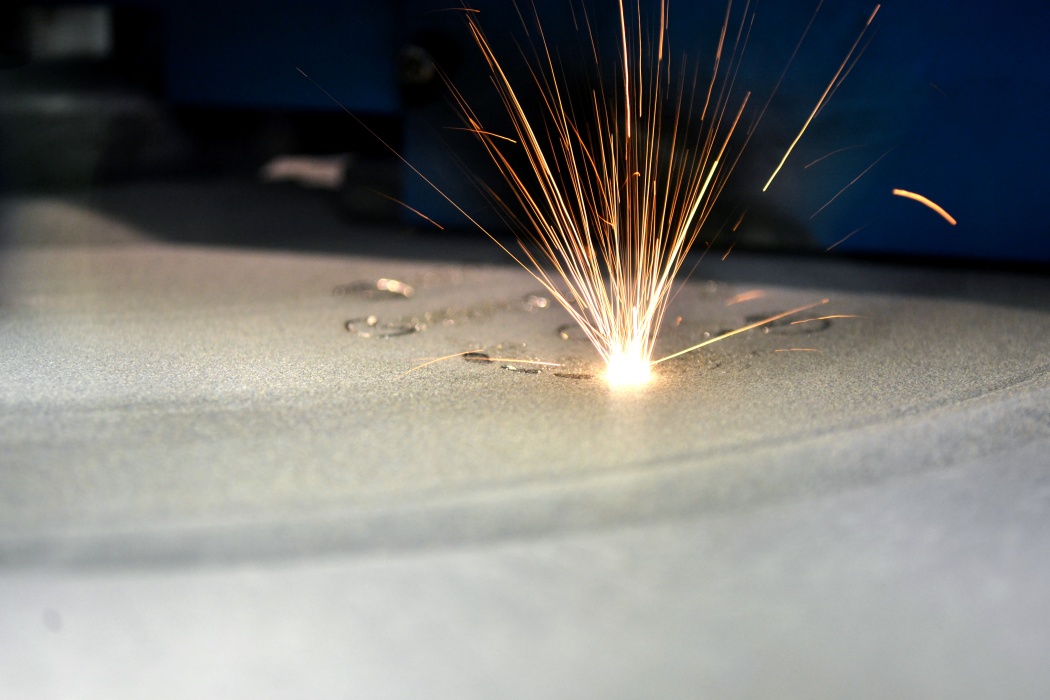Computer vision has evolved significantly in recent years, enabling powerful image analysis capabilities through advanced algorithms. For those unfamiliar with the field, computer vision refers to a set of mathematical techniques and algorithms used to process images and extract meaningful information, such as edges, shapes, colors, and textures. This extracted data can then be further analyzed using additional algorithms to detect issues, much like a human expert would categorize them.
While traditional computer vision techniques can yield reliable results, they are often sensitive to variations in lighting and environmental conditions. For instance, when relying on grayscale image processing, even slight changes in illumination can lead to inaccurate detections. This limitation highlights the need for more robust methods—such as deep learning-based approaches.
The Role of Convolutional Neural Networks (CNNs)
Convolutional Neural Networks (CNNs) are a specialized class of deep learning algorithms designed to analyze grid-like data structures, such as images. By leveraging convolutional layers, CNNs can effectively extract patterns and features, making them highly suitable for image-based applications. One of their key advantages is their ability to generalize across varying conditions. Unlike traditional methods, CNNs can be trained on diverse image datasets, allowing them to maintain accuracy even in the presence of fluctuating lighting and environmental factors.
Consider the example below, where lighting variations occur within an image due to machine-related factors. In such scenarios, conventional methods might struggle to maintain accuracy. However, CNN-based models can learn to differentiate between genuine anomalies and benign changes in brightness, ensuring more reliable detections.
Addressing AI's "Black Box" Nature
A common concern with AI-based systems is their perceived "black box" nature—where the decision-making process is not always transparent. However, when AI models are trained with well-curated datasets and paired with traditional computer vision and mathematical techniques, they can yield highly accurate and interpretable results.
To ensure reliability, extensive testing of edge cases is crucial before deploying AI-based detection algorithms in commercial applications. Supervised learning, where AI models are trained and validated with expert-labeled data, plays a key role in refining the system’s accuracy.
Conclusion
AI-powered image analysis offers significant advantages, especially when integrated with traditional computer vision techniques. However, the key to successful implementation lies in proper training, rigorous testing, and continuous refinement. By combining AI with domain expertise and robust validation processes, businesses can unlock the full potential of image-based defect detection and other applications.



